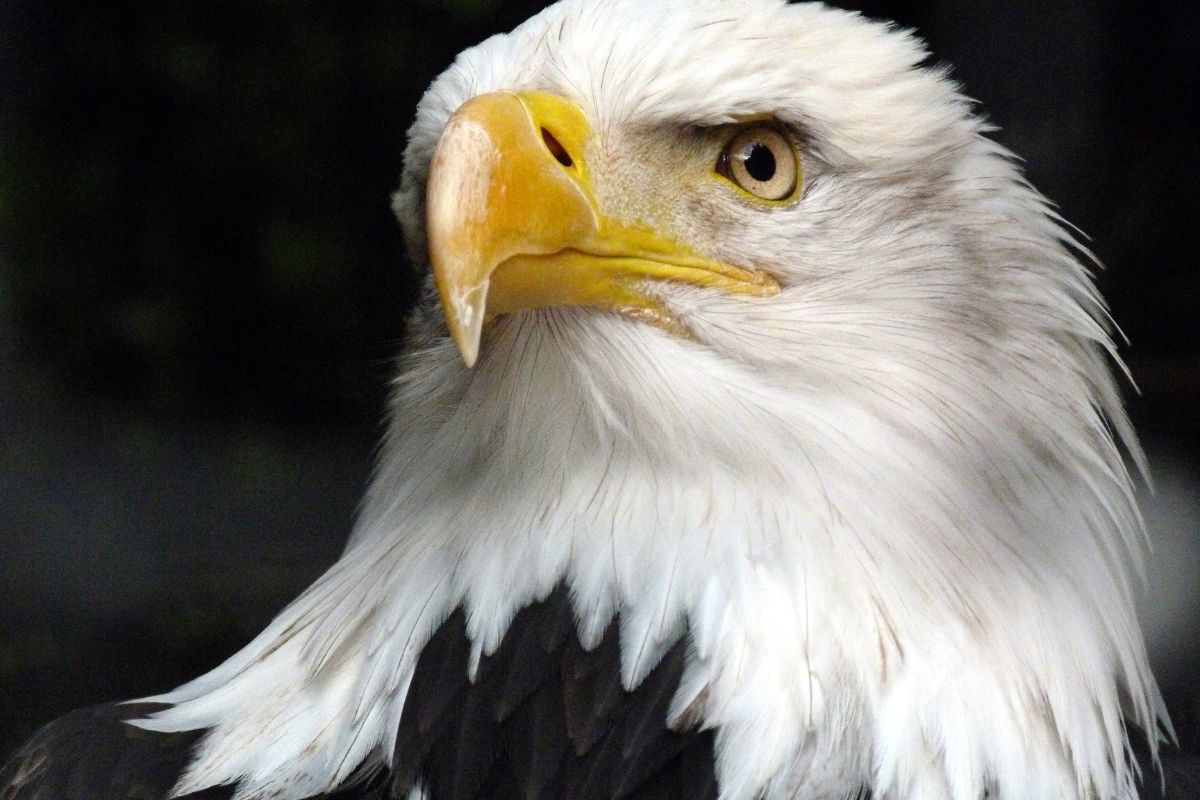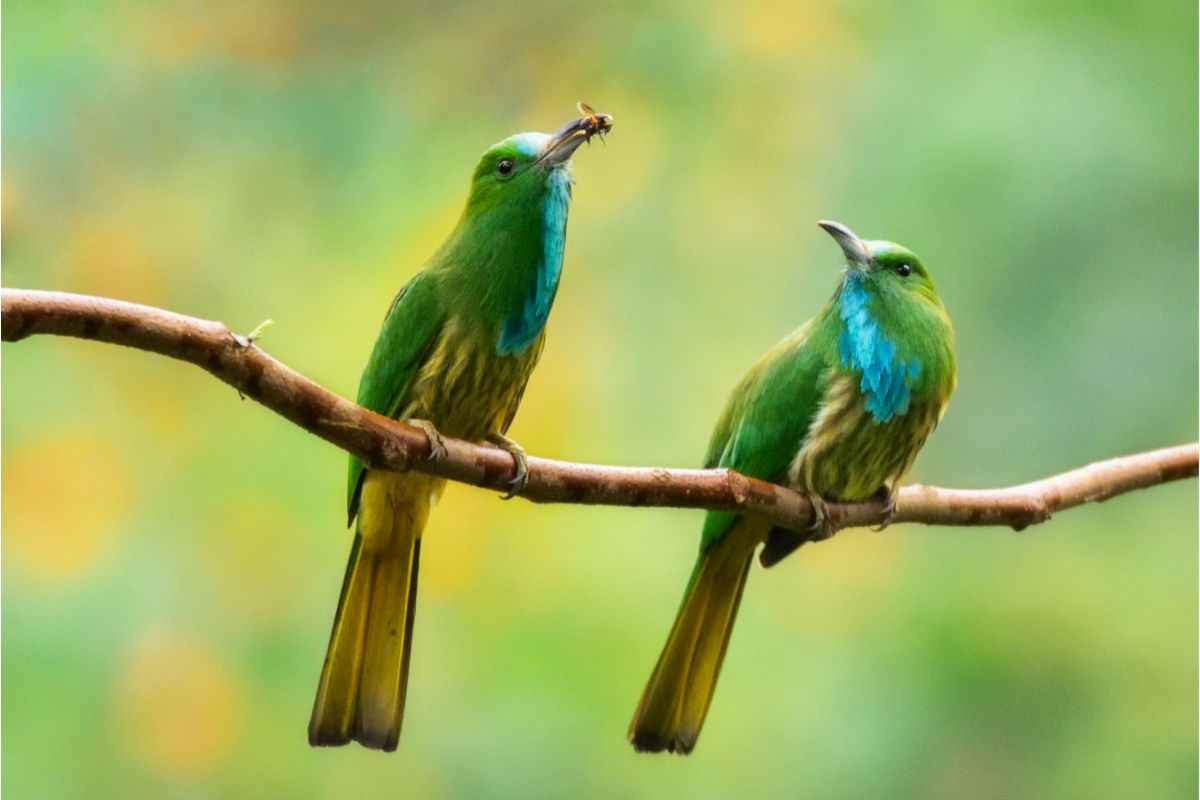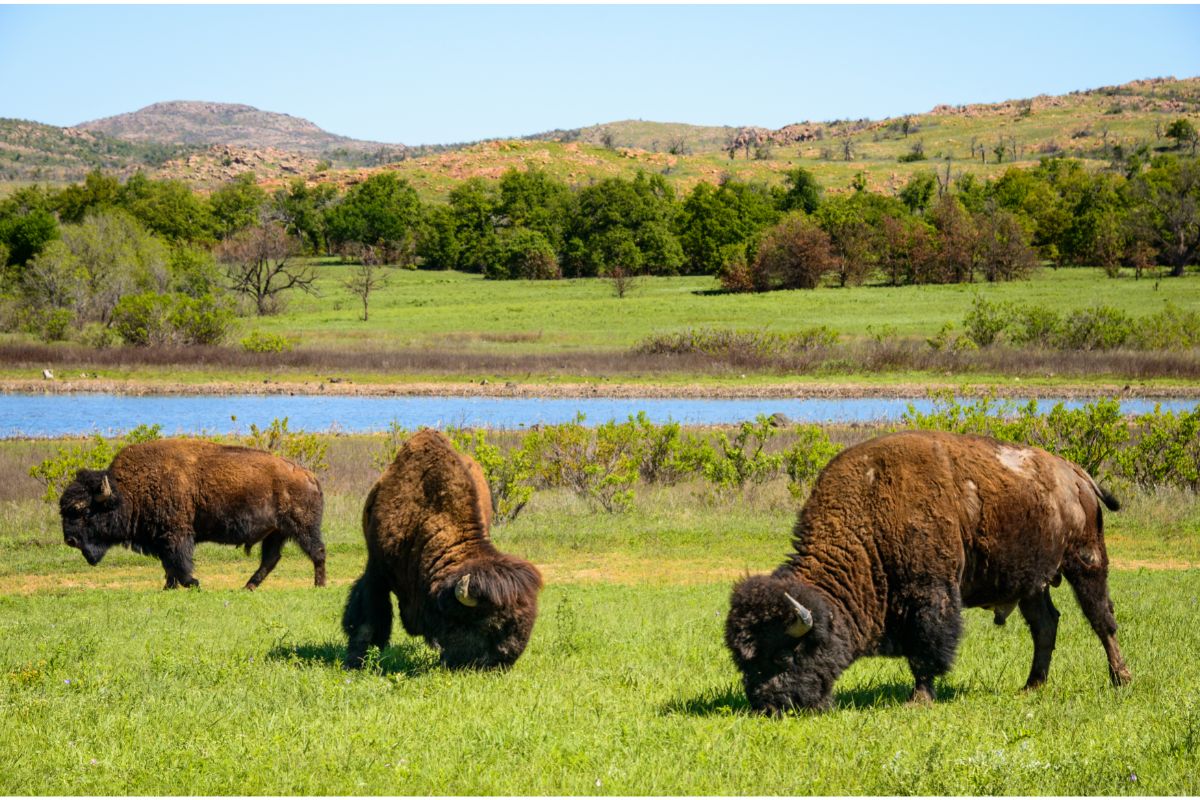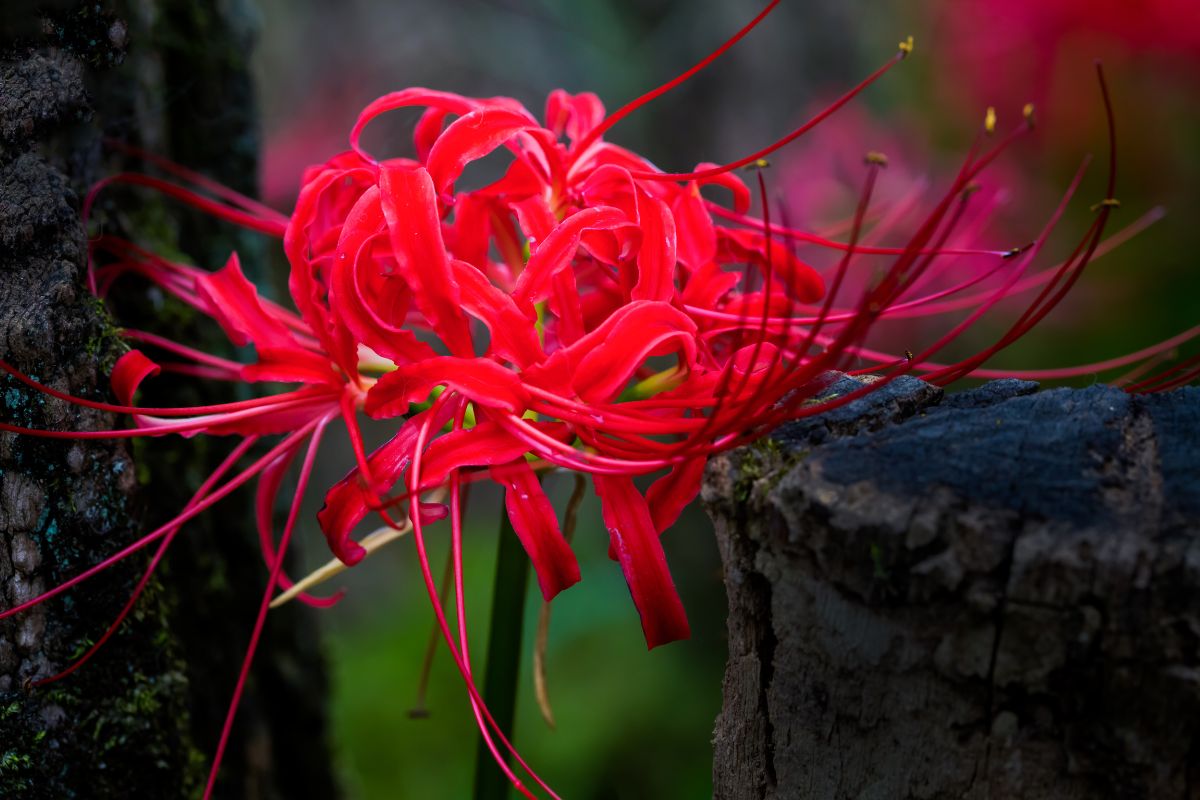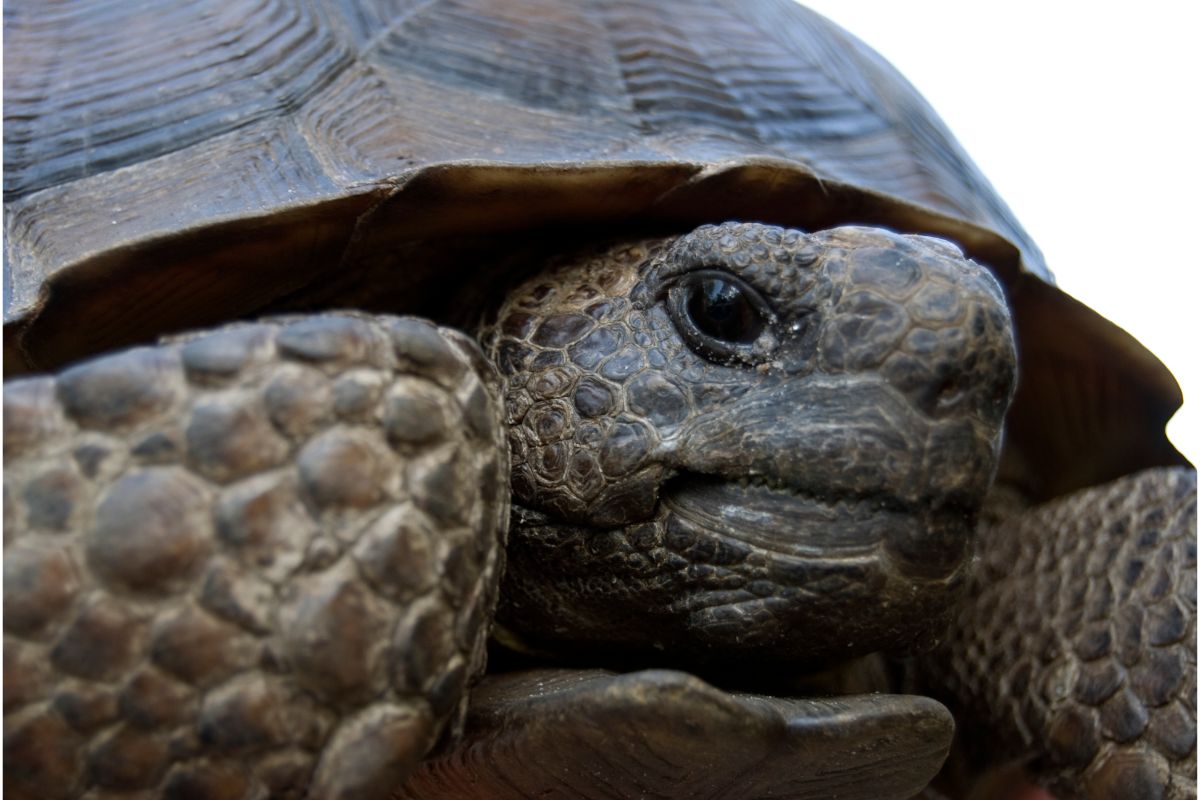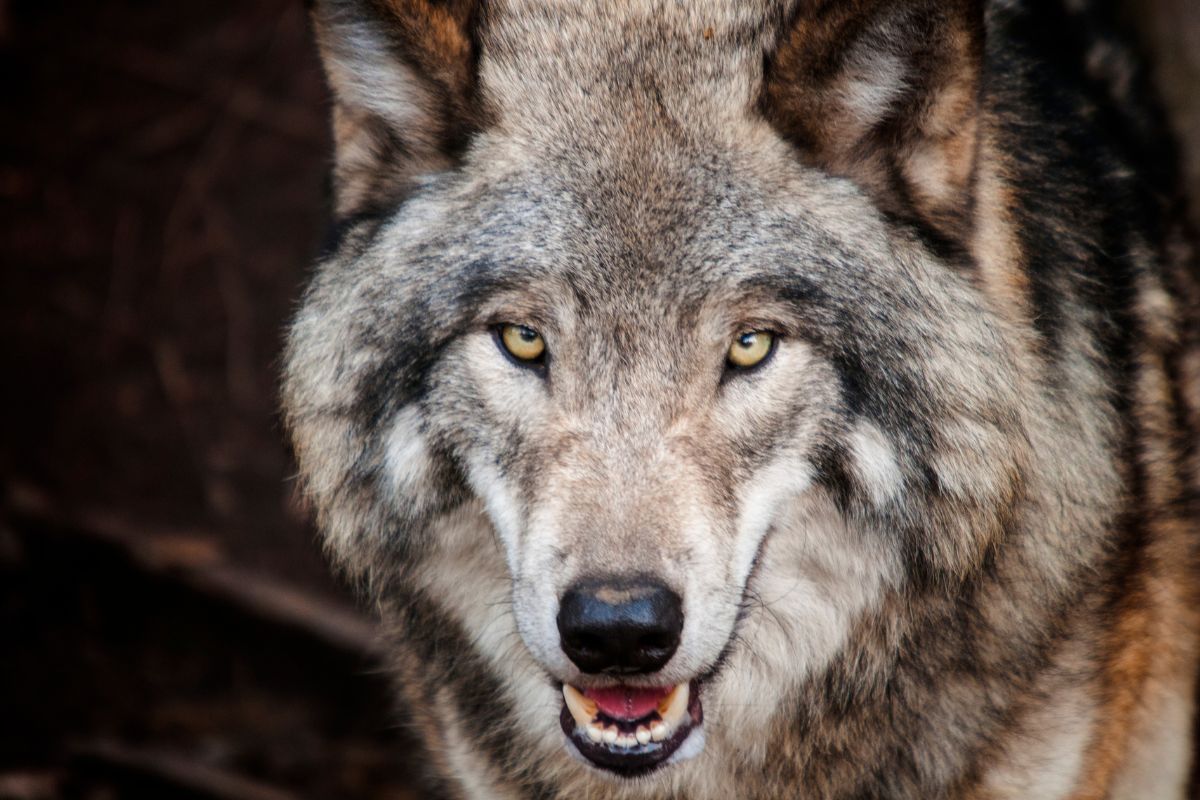When most people walk past a bird feather on the floor, they don’t think too much of it. However, when a real bird lover sees one, they can’t resist the urge to examine it and try to work out which bird it came from!
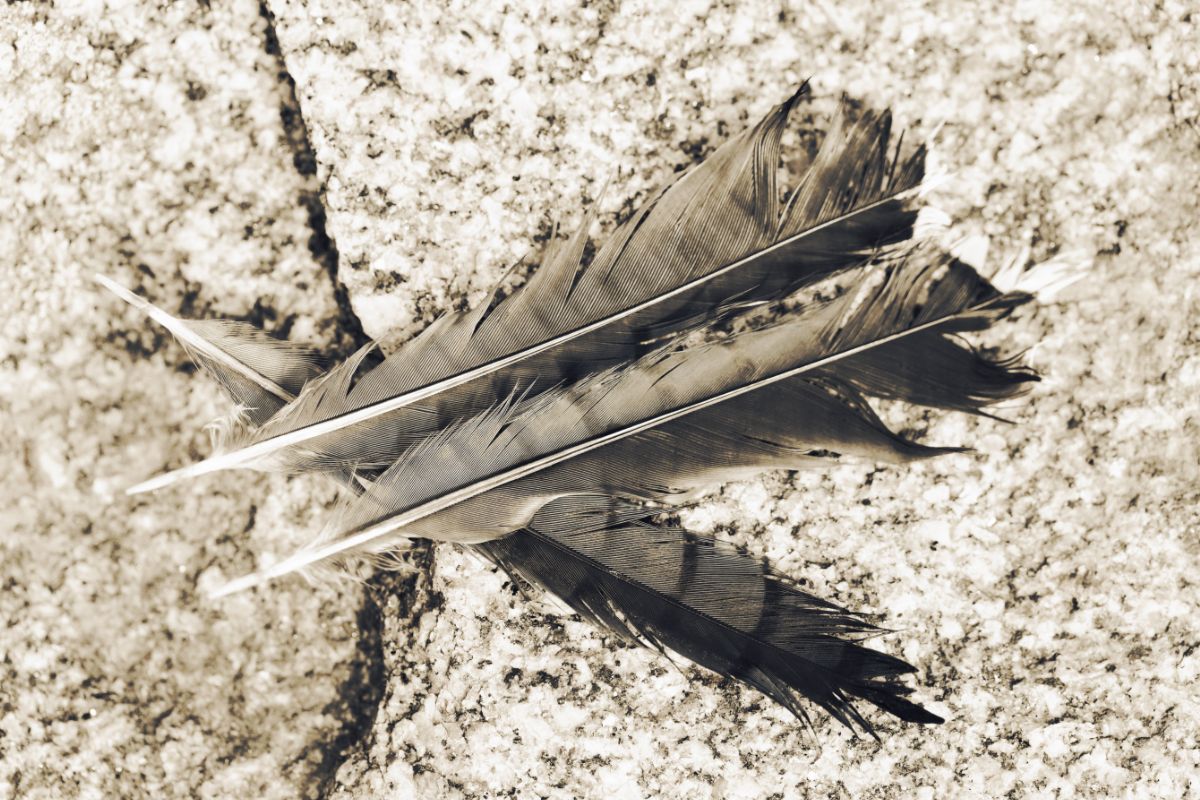
It’s incredibly satisfying to be able to identify a bird just from the appearance of its feather so bird fanatics see it as a sense of personal pride to be able to do it.
Even if you don’t know a whole lot about the thousands of bird species out there, identifying some of the most common ones by their feathers isn’t as hard as you might think.
There are a lot of key characteristics you can look out for, as well as online tools that can help you find out the answer.
Here, we’re going over everything you need to know about bird feathers to help you identify which species might have left them behind.
Protection Of Bird Feathers
Before we get into any of that, it’s important to note that there are some specific laws about what you can and can’t do with bird feathers you find on the ground. These laws are in place to protect all wildlife so it’s important that they are followed.
Primarily, it is illegal to take a bird feather that you find on the floor home with you. It’s perfectly fine to pick up a feather to take a closer look at it but make sure you leave it where you found it.
This law is in place to prevent birds from being killed for commercial purposes.
However, there is an exception for birds that have been legally hunted. In these cases, the proper precautions will already be in place to make sure the wider ecosystem is not harmed by legal hunting.
So, no matter how tempting it might be to take a bird’s feather home with you as a little souvenir, it’s better for wildlife as a whole if you leave it where you found it.
The Feather Atlas
Instead of memorizing the characteristics of every bird species in the world to identify them based on feathers, the US Fish & Wildlife Service has created a digital tool that can do a lot of the work for you.
The Feather Atlas is simply a website that allows you to input some of the important information about a bird’s feather and helps you find out what species it might belong to.
With this tool, you can input basic information about a feather like its pattern, color, size, and position. Then, the site will tell you which bird it is most likely to belong to.
However, it is important to remember that this system is based on birds that are common in North America so it might not work as well in other parts of the world.
Manually Identifying Bird Feathers
While The Feather Atlas tool is pretty cool, it does take some of the fun away from identifying a bird’s feather by yourself. That’s what we’re going to look at in this section.
Simply by using your eye, you can collate a set of key features of any feather to give you clues about the species that it belongs to.
Position
One of the first things to note about a feather is its position. By this, we simply mean the part of the bird’s wings that this particular feather might have come from.
Check out this diagram which shows the different significant regions of a bird’s wing:
While not all birds follow this same exact pattern of feather shapes in each position, this is a pretty universal way to determine which part of a bird’s wing a feather may have dropped off.
You’ll notice that the feathers labeled 1 (the primary feathers) have a distinctly different shape from the ones labeled 4 (the secondary feathers). In fact, each of these labeled regions has feathers that take subtly different shapes and are all distinct from one another.
It will take some time to learn these patterns of feather shapes but once you’ve gotten the hang of what each one looks like, you’ll be able to tell in seconds what part of the bird a particular feather came from!
Pattern
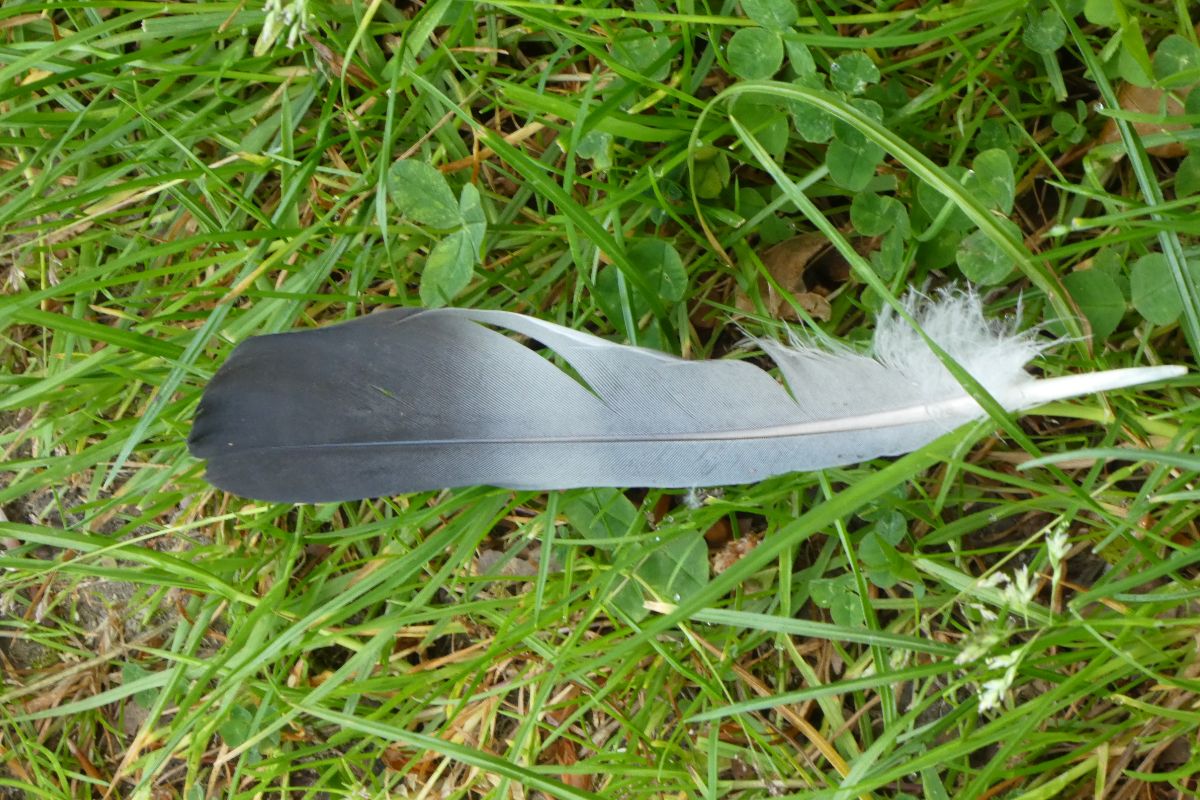
This is the first characteristic of a bird’s feather that will help you identify which species it came from. There are a few set patterns that all bird feathers will take so you can group certain species together based on this feature.
There are 8 distinct categories of feather patterns that most North American birds take:
- Unpatterned
- Two-tone
- Mottled
- Barred
- Spotted
- Iridescence
- Dark tip
- Pale tip
Again, all of the most common birds in North America will follow these same patterns on their feathers, meaning that it’s quite easy to determine categories for different species.
After a lot of time and practice, you will get a good understanding of which bird species fall under each pattern category.
Color
Once you have established which pattern a feather has and which set of species it could belong to, the next thing to think about is color. Of course, there are so many different color combinations that bird feathers can take.
So much so that each individual species of bird will have its own specific pattern and color combination, making it easier to identify them.
There are 10 different color combinations that The Feather Atlas uses to identify species by their feathers:
- White
- Black
- White/Black
- Brown
- Gray
- Blue/Purple
- Green
- Yellow/Orange
- Red/Rufous
- Pink
Again, it will take you some time to remember which color and pattern combinations correlate to which bird species but once you do, you’ll be able to easily identify any bird species in North America just based on its feather!
Size
The final parameter you should think about when identifying birds by their feathers is the size of the feather. Most of the time, you won’t need to use this information to determine a bird species but it can be helpful if you’re stuck based on other factors.
There are four lengths of feathers that we can use to help determine bird species:
- Small (less than 8cm)
- Medium (8cm – 16cm)
- Large (16cm – 24cm)
- Huge (greater than 24cm)
How To Use This Information
Knowing these categories is all well and good on its own but you won’t be able to tell a bird species by its feather based on this alone.
The best way to apply this information usefully is with the help of a bird feather book or some kind of document that shows you the characteristics of each bird’s feather.
A book like S. David Scott’s ‘Bird Feathers: A Guide To North American Species’ is the perfect way to learn.
If you spend enough time looking at this book and recognizing the characteristics of the most common birds near where you live, you’ll eventually get a good intuition for which bird has which kind of feather without looking at the book.
Just like with any cool piece of knowledge, identifying bird feathers takes some time and practice to get right but when you do, the result is incredibly satisfying!
- What Do Squirrels Eat? Learn About Their Diet and Winter Survival - October 14, 2024
- What Do Raccoons Eat? Discover Their Diet and Eating Habits - October 6, 2024
- What do foxes eat? - October 5, 2024

